Site of the Month – AAC-related Resources from Scope
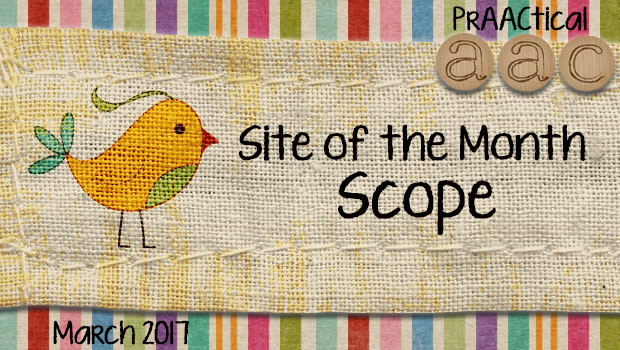
Looking for information of use to service providers, people who use AAC, and their families? Our March Site of the Month features a website that fits the bill. Scope, an Australian disability service agency, has information and downloadable resources that you may want to explore. Here are some of the highlights.
CIRCus Blog
The agency supports a blog with content from Scope’s Communication and Inclusion Resource Centre and includes several topics related to AAC.
Eye gaze: For people with significant motor difficulties, eye pointing or eye gaze may play an important role in their access to communication. Having communication partners who know how to maximize the success of this strategy can make the difference between incredible success and perpetual struggle. In this post, they walk us through the process of supporting people who use eye gaze.
Schedules: Therapists and teachers regularly use visual schedules to help people with AAC needs understand more about the day/week to come, stay organized, and mentally prepare themselves for upcoming events. Posts like this one help clients and families see the benefits of using this strategy at home.
Downloadable Resources
Another key feature of the site is the wealth of downloadable resources that can be customized to meet the needs of an individual AAC user.
- About Me information sheet
- Introduction cards
- Chat topics
- Communication profile
- Personal communication dictionary form
- Schedule cards (blank, days of the week)
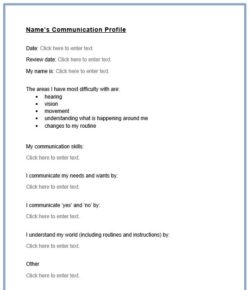

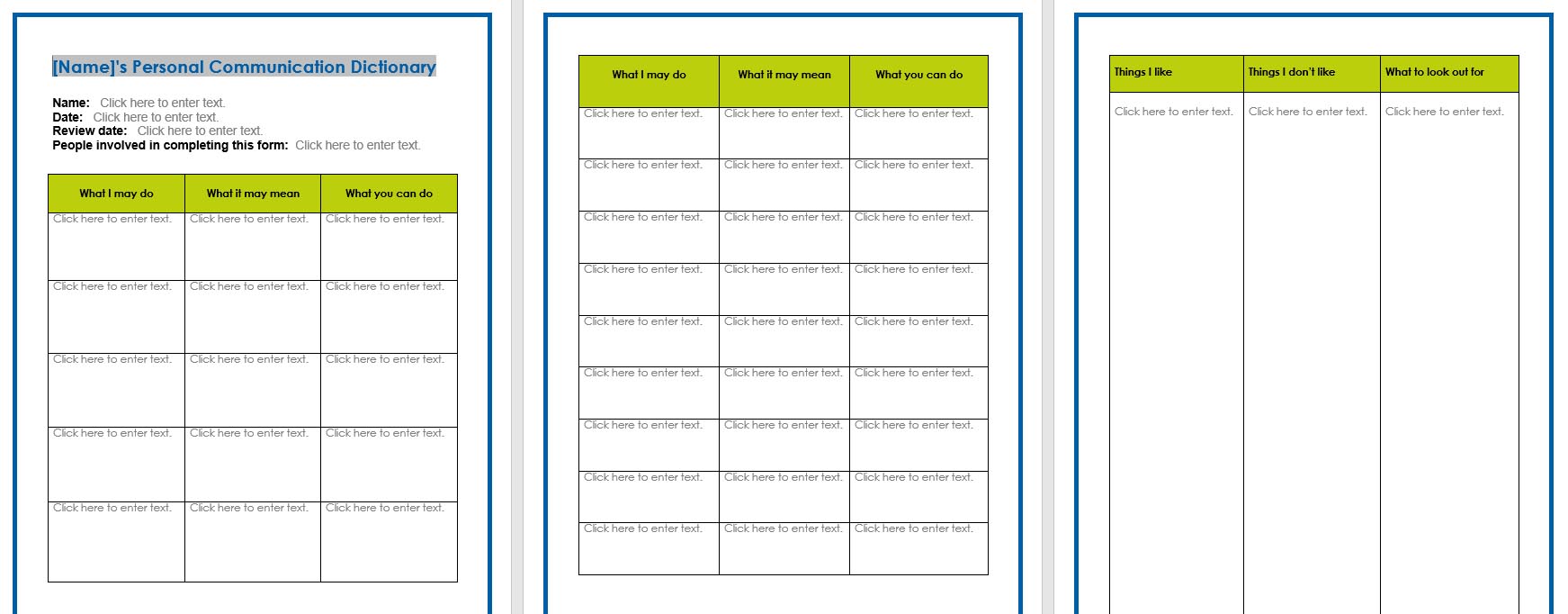
You may also want to check out their adaptation of the NJC Communication Bill of Rights.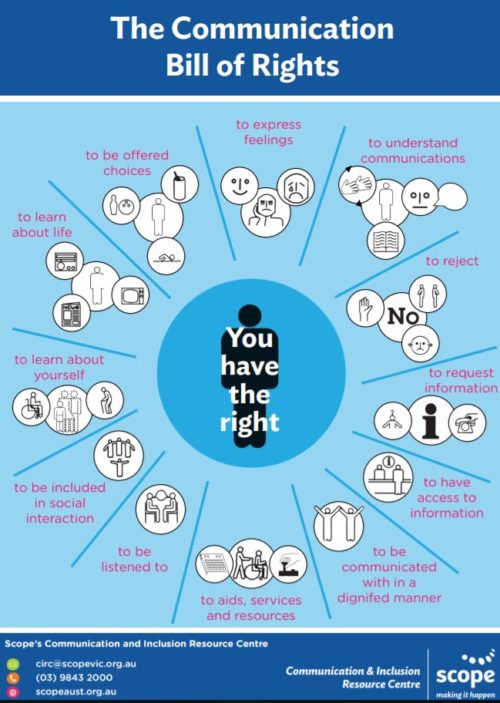
They also offer a variety of parent handouts on a variety of topics, including activity suggestions and skills checklists. For example, they have visual supports to help families incorporate signing into their play and a host of other information sheets on communication, play, and more.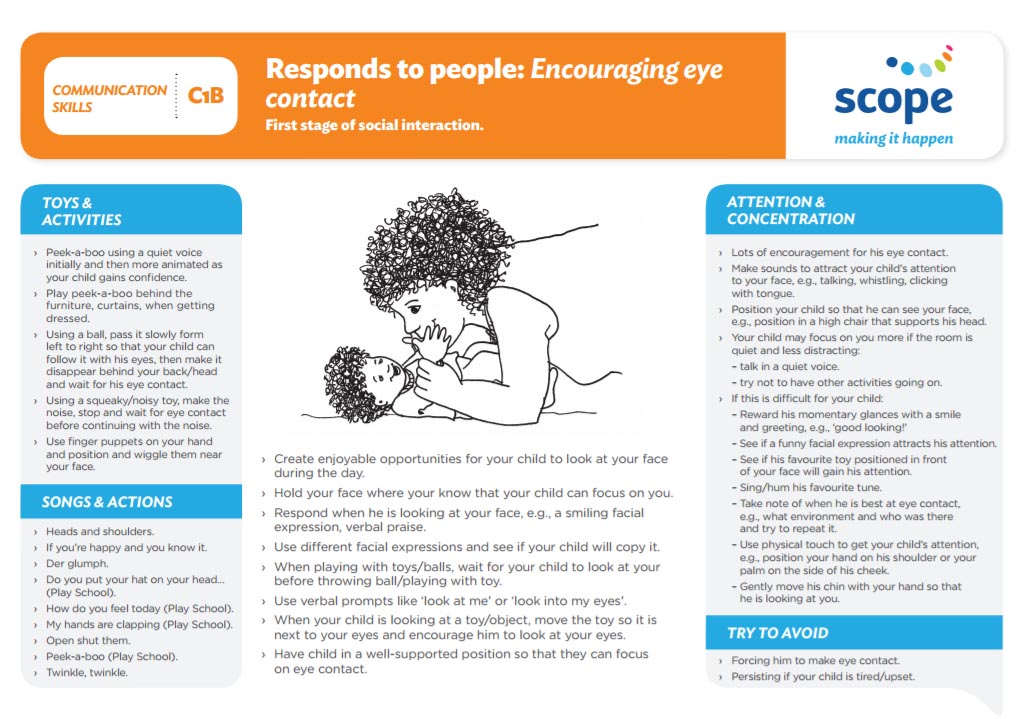
And don’t miss their links to a wonderful self advocacy resource: The Speak Up and Be Safe from Abuse toolkit.
Hope you enjoy exploring the Scope website and enjoy using the resources they share. Thanks to all the professionals who make it possible for us to view and use their important content!
Filed under: Featured Posts, PrAACtical Thinking
Tagged With: Communication Bill of Rights, download, Site of the Month
This post was written by Carole Zangari

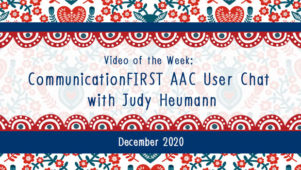
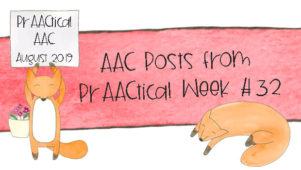
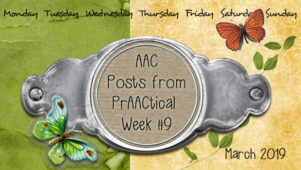
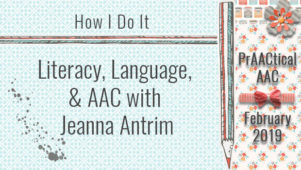
2 Comments
Why do they want to encourage eye contact? If the child avoids eye contact, there’s probably a good reason. Many children find it easier to concentrate if they avoid eye contact.
At least they recommend not forcing it or persisting if the child is upset, but just because a child isn’t averse to eye contact doesn’t necessarily mean it’s a good idea for them to do it.
Ettina, I can’t speak for them, of course, but thought I would offer a point of view (no pun intended). There are certainly situations where the learner is avoiding eye contact and that is something to understand and respect before intervening. As you said, it may be an effective mechanism for that individual. On the other hand, there lots of situations where the baby/child isn’t actively avoiding eye contact but needs some help learning to connect in that way because of motor limitations. This sometimes happens with little ones who struggle with coordinating their movements and have motor systems that are slower to develop. For me, it helps to first understand (or try to understand) the reason for the lack of eye contact so that I can determine how best to support the individual.